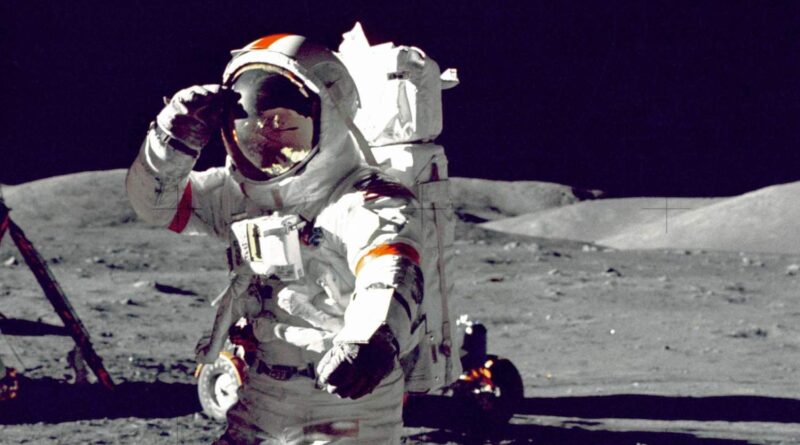Esa wants to make space spacing clothes with more hygienic astronauts
Yes, it’s true – astronaut shares ‘underwear’ when they wear space clothes to work outside the international space station. This is not the same type of underwear that you think, because the astronauts first use disposable diapers, then the layers of underwear. However, there are several weaknesses for this arrangement that ESA tries to overcome a new project.
International Space Station – and the future space station will eventually replace it – is home to a number of space used during space. This setting is very complex and consists of several layers designed to protect people who wear them, including maintaining their comfort. Instead of assigning each of their own suit astronauts, the team shared a suit.
Ansemble clothing clothing involves placing disposable diapers, then the cooling garment and liquid ventilation are described similar to long underwear. This clothing, LCVG, contains gas ventilation and liquid cooling tube for comfort while wearing a suit. LCVG also sits on the wearer’s skin and, from the main interest, shared by other astronauts who use the lawsuit.
By paying attention to the planned long-term room mission, after the gateway was deployed, the European Space Agency had announced a new project called a sophisticated biocidal coating technology to reduce microbial activity (Bakterma). This effort will involve looking for new antimicrobial textiles that can be used for spasmodal clothing clothes to overcome cleanliness problems.
For now, space institutions utilize copper and silver as antimicrobial materials, but metals can tarnish from time to time and cause skin irritation. To overcome this, Esa has collaborated with Vienna Textile Lab because of the ‘unique bacteriaographic collection,’ which is microorganisms that are metabolites can offer the properties of protection as a final result of textiles.
This project will last two years and include testing various layers of antimicrobial textiles in various scenarios, including radiation exposure, dust moon simulated, and more.


![How to solve [pii_email_38d09e94f310a9ba2454] error?](https://fireflylane.co.uk/wp-content/uploads/2021/09/How-to-fixed-pii_email-Microsoft-Outlook-Error-2021-1-390x205.jpg)
![How to solve [pii_email_6b2e4eaa10dcedf5bd9f] error?](https://fireflylane.co.uk/wp-content/uploads/2021/09/pii_pn_fb500b22e25c960edb2a-1-390x205.jpg)
![How to solve [pii_email_589b87cd8fa683bf6243] error?](https://fireflylane.co.uk/wp-content/uploads/2021/09/pii_pn_b6c432d289ec7d58-1-5-390x205.jpg)